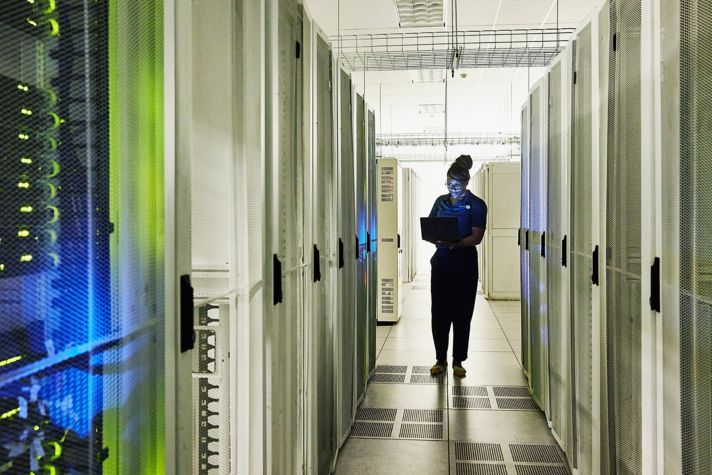-
Global
-
Africa
-
Asia Pacific
-
Europe
-
Latin America
-
Middle East
-
North America
- |
- BUSINESSES
- |
- Contact
- |
-
Global
-
Africa
-
Asia Pacific
-
Europe
-
Latin America
-
Middle East
-
North America
- |
- BUSINESSES
- |
- Contact
- |
You are browsing the product catalog for
You are viewing the overview and resources for
- News
- 6 Key Features of Energy Management Software
6 Key Features of Energy Management Software
Learn what energy management software can do for your business, from energy procurement to project management.
Energy management software (EMS) is a powerful tool that can help building owners and operators monitor, control and optimize their energy consumption and carbon footprint. EMS encompasses six functionalities that cover the entire energy management life cycle - from energy procurement and risk management to project management and reporting.
1. Energy procurement and risk management
With EMS, you can plan and execute your energy procurement strategy while taking into account market conditions, price fluctuations and regulatory changes. You can also manage your energy contracts, invoices and payments, as well as hedge your energy risk and optimize your energy portfolio. With the right software you can help reduce your energy costs, improve your budget accuracy, or support compliance with relevant regulations.
2. Energy monitoring and reporting
EMS software can collect, consolidate and analyze your energy data from various sources, such as meters, sensors and building management systems (BMS). By using it, you can also visualize your energy performance, identify anomalies and inefficiencies, and benchmark your energy consumption against your peers or industry standards. EMS can also help you gain insights into your energy usage patterns, improve your operational efficiency and enhance your energy reporting and disclosure.
3. Carbon management
EMS can help you measure and manage your greenhouse gas (GHG) emissions and carbon footprint, as well as implement carbon reduction initiatives and offsetting schemes. You can also track your progress toward your sustainability goals and report your carbon performance to external stakeholders, such as investors, customers and regulators. EMS can also help you reduce your environmental impact, increase your competitive advantage and demonstrate your corporate social responsibility.
4. Utility bill management
Some EMS can help make your utility bill management easier and faster by checking and paying your bills online as well as spotting and fixing any mistakes or mismatches. You can also split your utility expenses among different sections, units or renters, and create precise and prompt utility invoices. Reduce costs and hassle, boost your income and please your customers with the help of EMS.
5. Operations and control
EMS leverages near real-time data and smart algorithms to manage and improve your building equipment and systems, such as HVAC, lighting and security. Your building operations can run on autopilot for certain tasks including scheduling, demand response and fault detection and diagnosis. You might be able to connect your EMS with other smart building solutions, such as IoT platforms and digital twins. EMS can help you boost your building comfort, safety and resilience as well as lower your energy usage and maintenance costs.
6. Project management
With better project management you can plan and execute your energy efficiency and sustainability projects, such as retrofits, upgrades and renewable energy installations. When you use an EMS solution you could see increased energy savings, optimized project outcomes and accelerated payback periods through monitoring your return on investment, evaluating your project performance and managing your project documentation and contracts.
To learn more about how Honeywell Forge solutions can help enhance your EMS, visit our website or contact us today.
Copyright © 2025 Honeywell International Inc.




